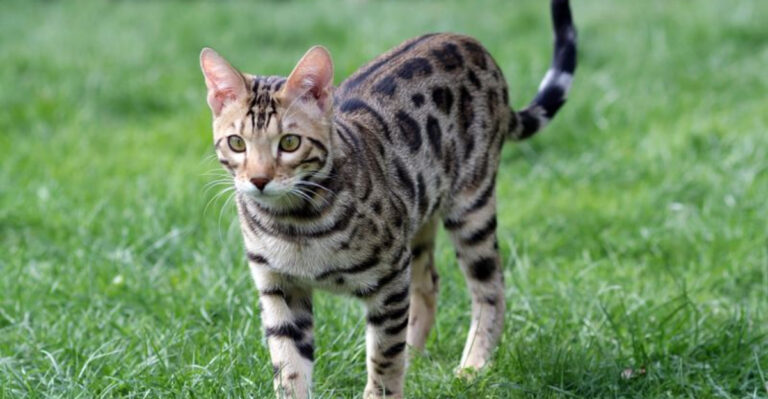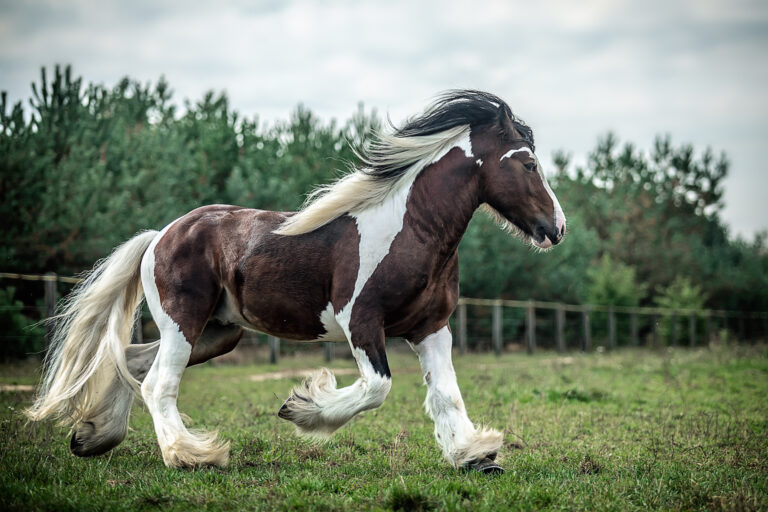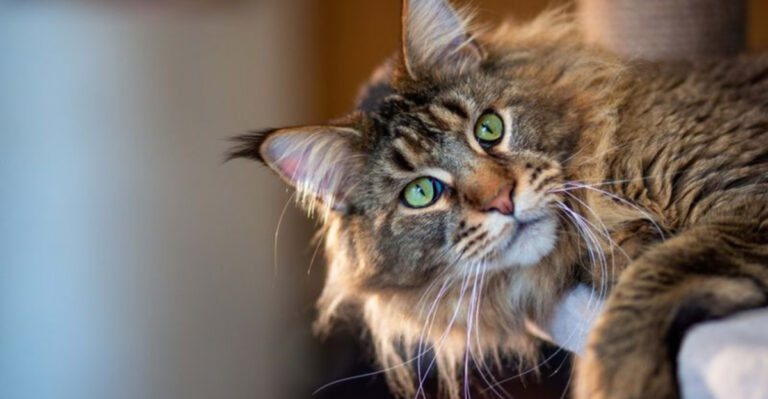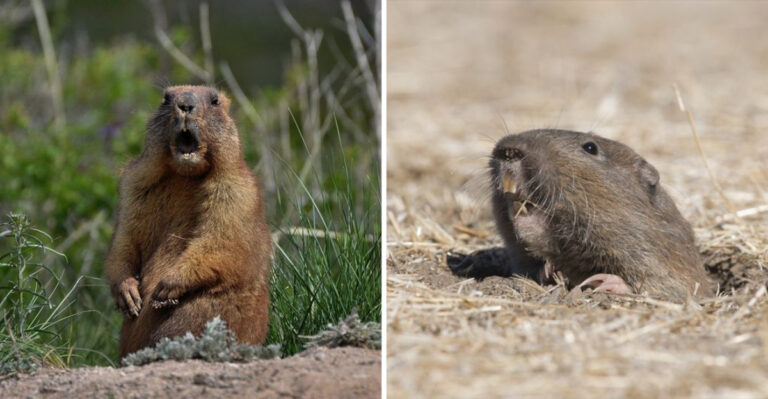15 Fascinating Details About The Lives Of Wyoming’s Wild Horses

Wyoming’s wild horses roam the state’s rugged landscapes with a freedom that evokes both awe and curiosity. These iconic creatures, often seen galloping across vast plains and over rocky ridges, hold secrets of survival and stories of history.
In this post, we’ll uncover some of the most fascinating aspects of their lives, from their unique social structures to their surprising resilience in harsh environments. Join us on this adventure to explore captivating details about these majestic animals.
1. Social Dynamics
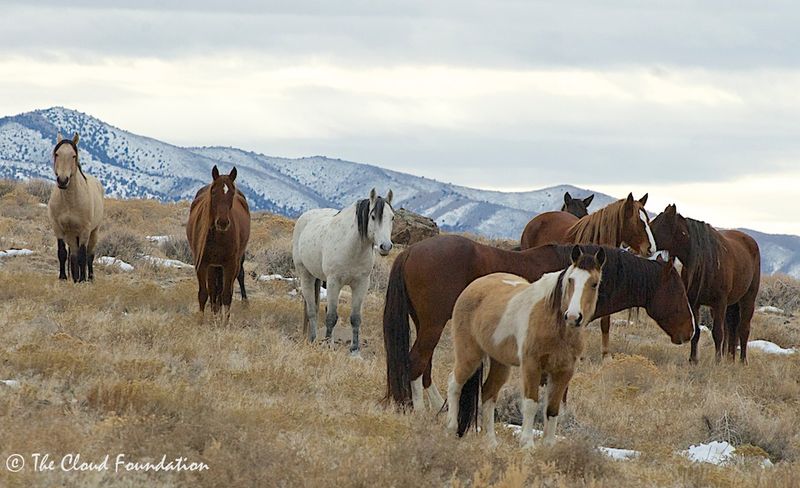
Wild horses in Wyoming live in tight-knit groups called bands, usually led by a strong stallion. Each band has its own unique hierarchy, with mares often forming lifelong bonds.
This social structure not only provides protection but also ensures that young foals learn essential survival skills from the group. The way these horses communicate and interact is a fascinating dance of mutual understanding and cooperation.
2. Adaptation Skills
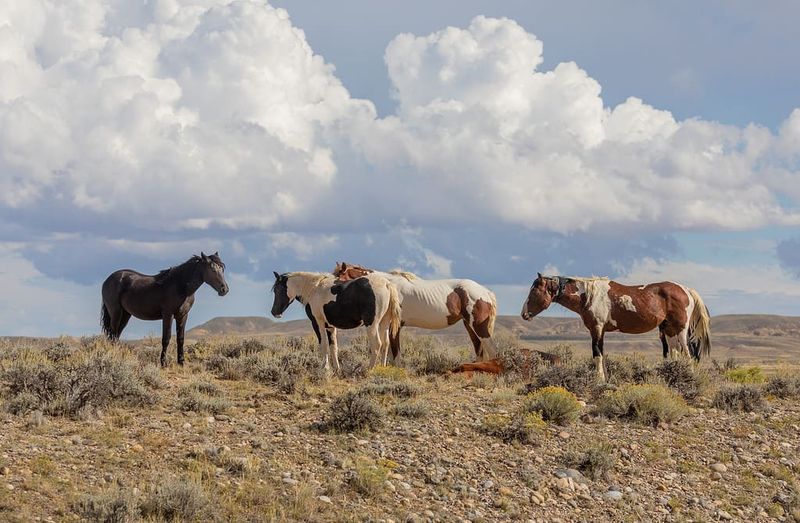
Wyoming’s wild horses are masters of adaptation, thriving in environments that challenge even the toughest creatures. Their thick coats protect against bitter winters, while strong hooves navigate rocky grounds effortlessly.
These horses are nature’s survivors, adapting not just physically but behaviorally to the unpredictable Wyoming weather. Their resilience is a testament to their enduring spirit and ability to conquer the odds.
3. Unique Coloring
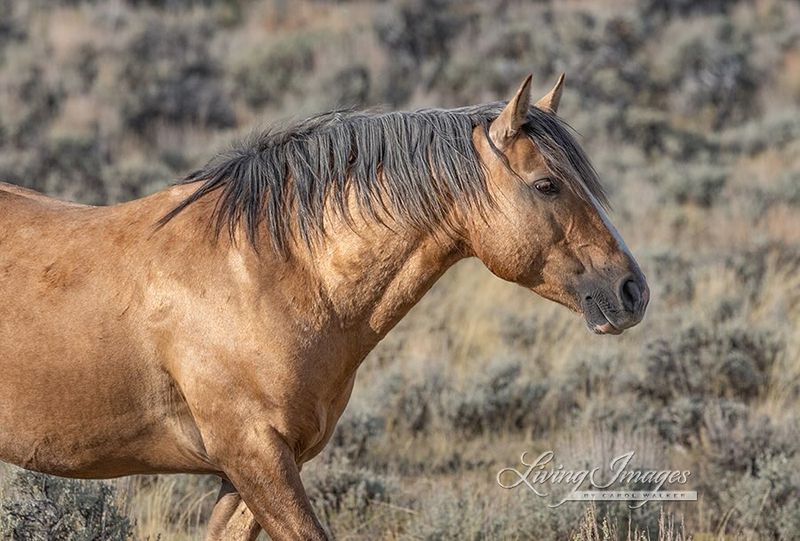
Ever spotted a horse with a coat as colorful as a painter’s palette? Wyoming wild horses boast an array of stunning colors and patterns.
From striking dappled grays to bold black and rich chestnut, each horse tells a visual story through its coat. This variety adds intrigue and beauty to the already captivating presence of these free spirits.
4. Historic Roots
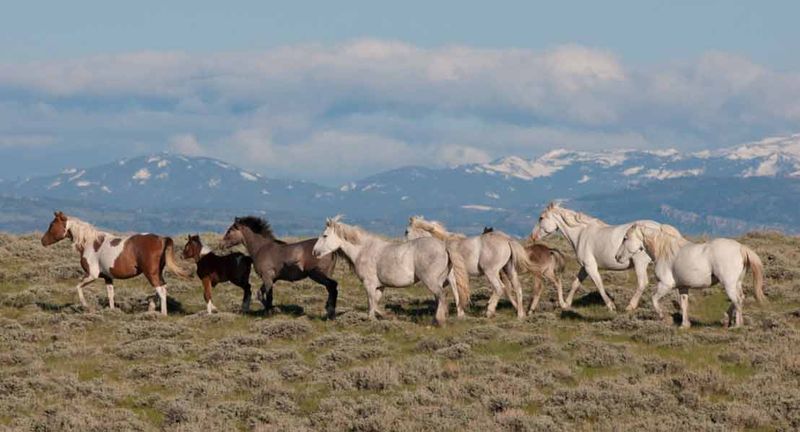
Once upon a time, wild horses galloped alongside the dreams of pioneers crossing the great American West. These horses are descendants of Spanish mustangs brought over centuries ago.
Their existence in Wyoming is a living reminder of the state’s rich history and the indomitable spirit of exploration. These equine ancestors have shaped the landscapes and stories that continue to thrive today.
5. Diet And Foraging
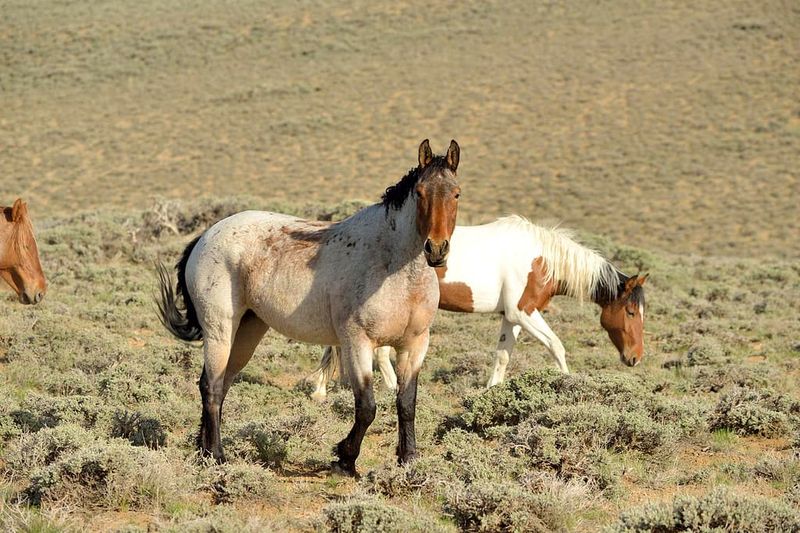
What’s on the menu for Wyoming’s wild horses? These grazers feast on a buffet of hardy grasses and shrubs found across the plains.
Their diet is a testament to their adaptability, enabling them to thrive in diverse environments. Watching them graze is like witnessing an ancient ritual, as they select the choicest morsels with precision and grace.
6. Foal Rearing
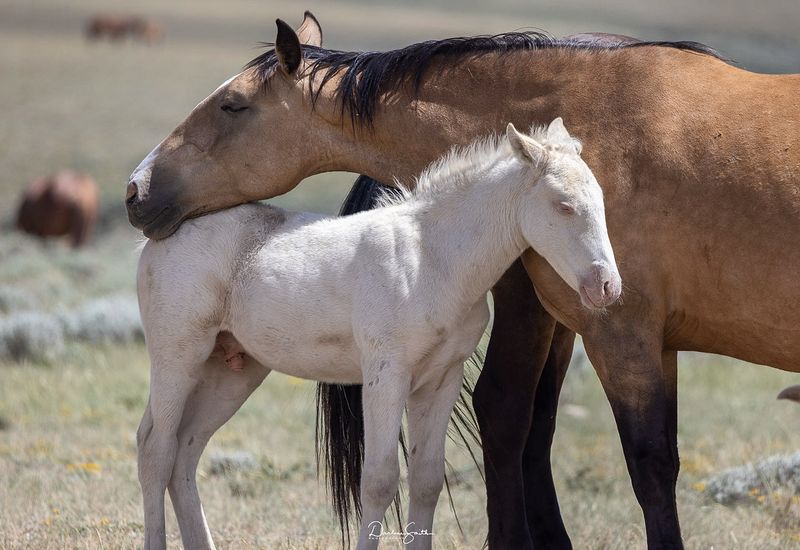
The bond between a mare and her foal is a tender spectacle in Wyoming’s wild. Foals are born curious and energetic, often seen prancing around with unbridled enthusiasm.
Their mothers guide them with patience and protectiveness, teaching them the ways of the wild. This nurturing relationship ensures that the next generation is well-prepared for the challenges ahead.
7. Communication Methods
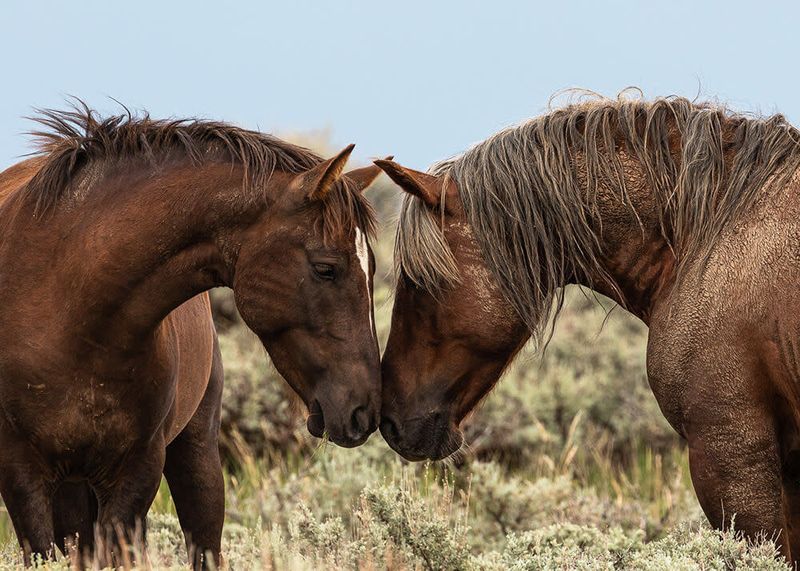
Silent signals and subtle gestures fill the air as Wyoming’s wild horses communicate. Their language is one of posture, facial expressions, and even ear movements.
Each flick of a tail or twitch of an ear carries meaning, ensuring harmony and understanding within the group. This non-verbal communication is a symphony of connection that transcends spoken words.
8. Migratory Patterns
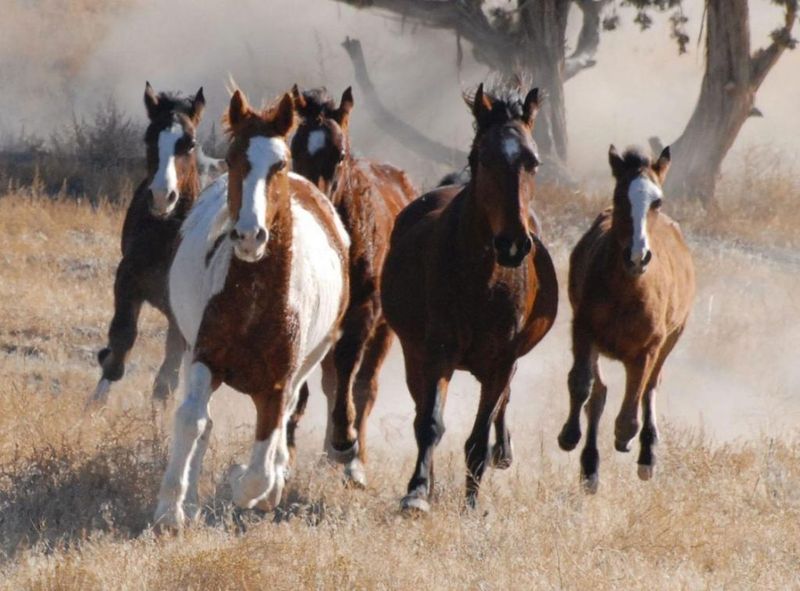
Seasonal changes guide the migratory patterns of Wyoming’s wild horses. These majestic creatures traverse vast distances, following food and water sources.
Their journeys are etched into the fabric of the land, a testament to their instinctual drive for survival. Observing their migration is like watching a living map unfold, a dance of endurance and determination.
9. Role In Ecosystem
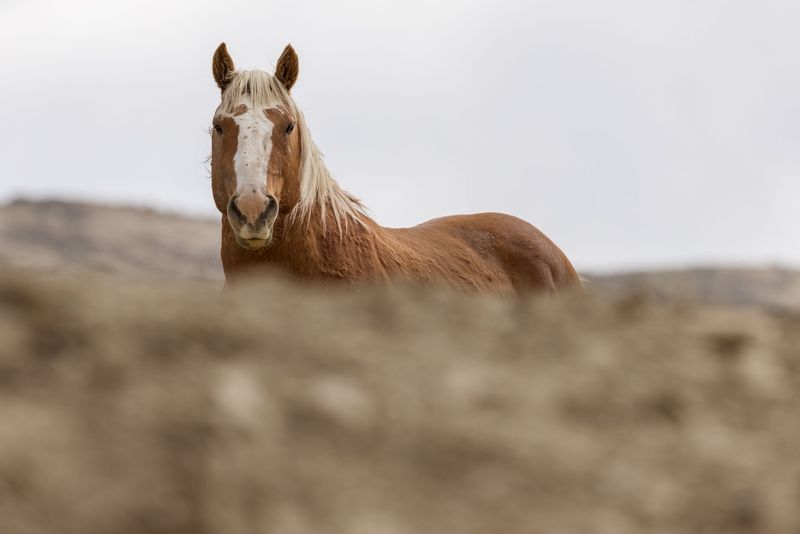
Did you know that wild horses play a crucial role in maintaining Wyoming’s ecosystems? Their grazing helps manage vegetation, preventing overgrowth and promoting biodiversity.
These horses create pathways and clearings that benefit other wildlife, acting as nature’s gardeners. Their presence is a delicate balance, fostering a healthy and thriving environment.
10. Survival Challenges
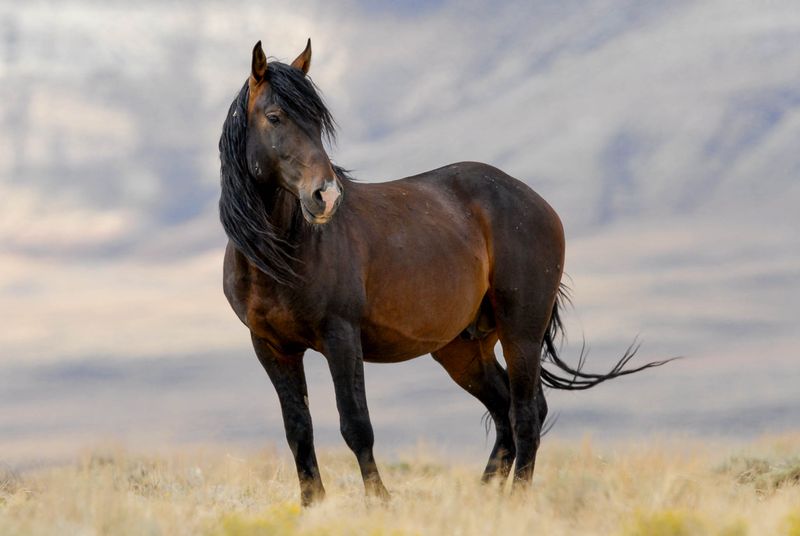
Life isn’t all gallops and grazes for Wyoming’s wild horses. They face challenges like harsh winters, predators, and human encroachment. Yet, their spirit remains unbroken.
These horses must be ever-vigilant and resourceful, finding strength in their community. Their ability to overcome these obstacles is a testament to their resilience and tenacity in the wild.
11. Cultural Significance
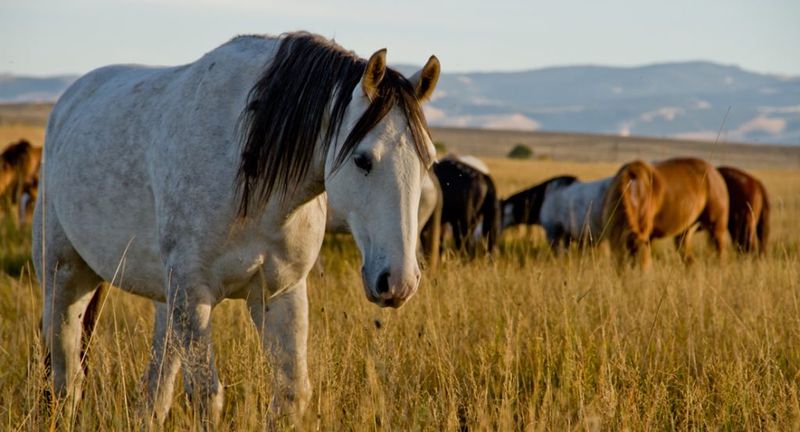
Wild horses hold a special place in Wyoming’s cultural tapestry. For Native American tribes and early settlers, these horses were symbols of strength and freedom.
Today, they remain icons of the American spirit, representing wildness and the untamed frontier. Their cultural resonance continues to inspire art, literature, and the collective imagination.
12. Natural Beauty
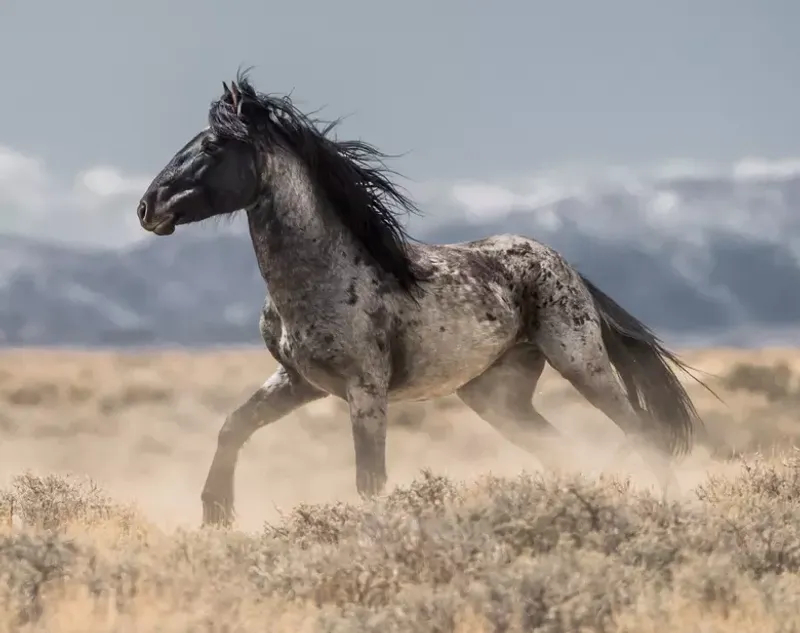
Imagine the scene: a herd of wild horses silhouetted against a Wyoming sunset. Their beauty is unparalleled, embodying the essence of freedom and grace.
Each horse, with its flowing mane and powerful stride, is a living artwork. Observing them in their natural habitat is a reminder of the simple joy and majestic beauty that nature offers us all.
13. Conservation Efforts
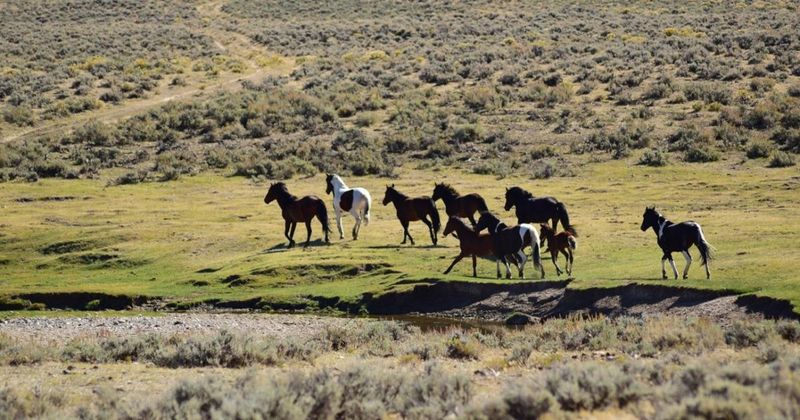
Wyoming’s wild horses are at the heart of ongoing conservation efforts. Organizations work tirelessly to protect their habitats and ensure their survival.
These efforts include monitoring populations, managing resources, and engaging communities in preservation. The commitment to conserving these magnificent creatures reflects a collective desire to preserve a living heritage for future generations.
14. Individual Personalities
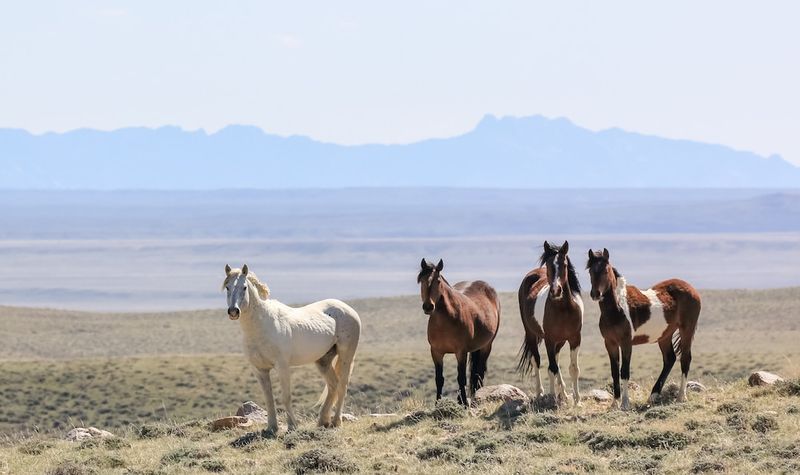
Just like us, wild horses have distinct personalities. Some are playful, others reserved, and each brings its own flair to the herd. Observing them reveals quirks and individual traits that make each horse unique.
Their personalities add depth to our understanding of these animals, reminding us that they are more than just majestic silhouettes on the horizon.
15. Human Interaction
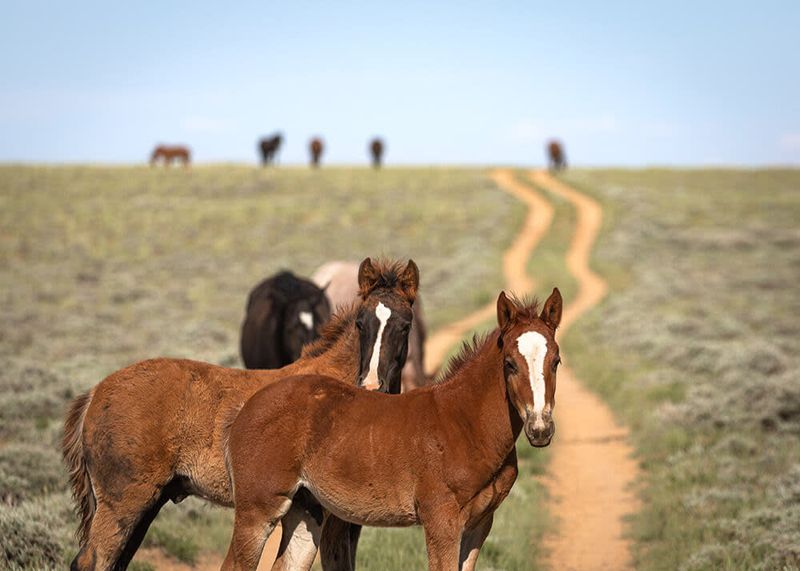
While they roam free, interactions between Wyoming’s wild horses and humans are inevitable. These encounters, when respectful, can be harmonious.
Humans have the privilege of observing these horses up close, gaining insight into their world. It’s a delicate balance, respecting their space while appreciating their beauty, ensuring that these interactions remain positive for both parties.

